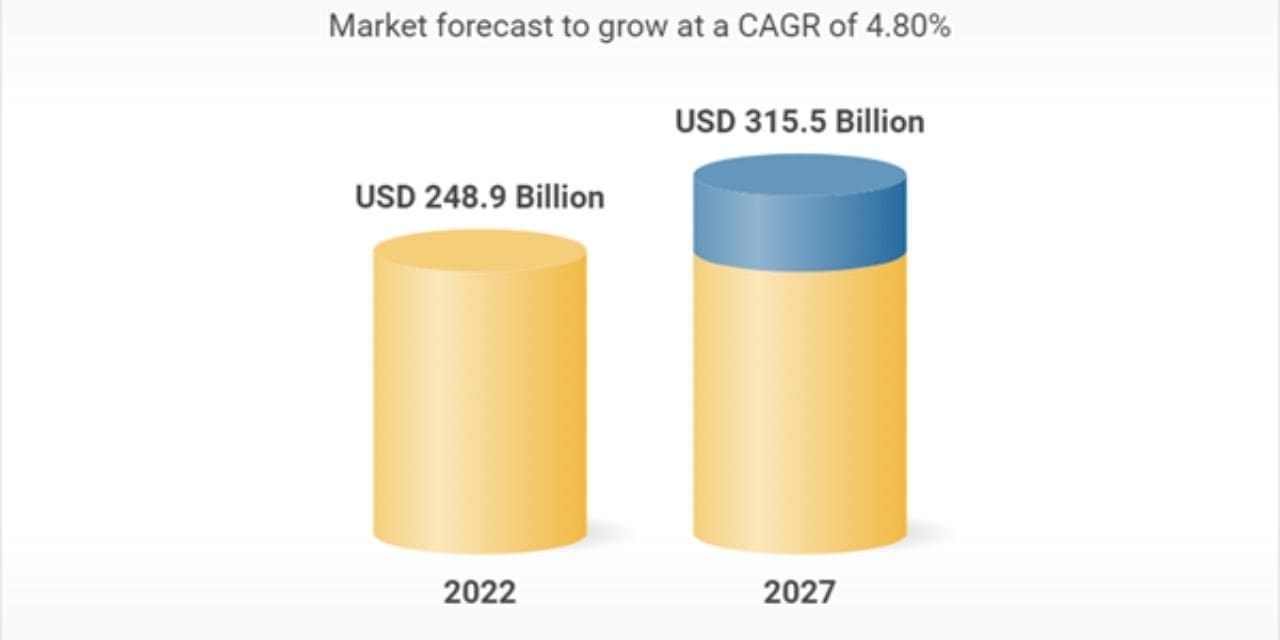Download PDF Brochure: https://www.
Browse
- 278 Market data Tables
- 45 Figures
- 289 Pages and in-depth TOC on “Flexible Packaging Market – Global Forecast to 2027”
The Flexible Packaging Market comprises major players such as Huhtamaki Oyj (Finland), Berry Global Group Inc. (US), Amcor Limited. (Australia), Mondi Group.(UK), Sonoco Products Company (US), Westrock Company (US), Constantia Flexibles (Austria), Sealed Air Corporation (US), Transcontinental Inc (Canada), DS Smith (UK), and others are covered in the flexible packaging market.Merger & acquisitions, investments & expansions, partnerships & collaborations, and new product developments are some of the major strategies adopted by these key players to enhance their positions in the Flexible Packaging Market.
Request Sample Pages: https://www.
The leading companies of flexible packaging market are focusing on their growth through inorganic ways such as acquisitions. The key objective of this strategy is to increase their market presence and gain additional market share. Thus, from 2010 to 2013, acquisitions led the growth strategies, accounting for around a share of 46.0%. The companies that lead the mergers & acquisitions are Amcor Ltd. (Australia), Bemis (U.S.), and Sealed Air Corporation (U.S.). These key players are consolidating their presence and increasing their revenues by pursuing new avenues of growth.
New product development is the second largest growth strategy adopted by the companies. By pursuing this, the companies are focusing to capture the attention of their clientele and sell advanced packaging types, which are functionally efficient. Thus, the companies are complimenting their existing product pipeline with new innovative packaging products in the flexible packaging market. To expand its product portfolio, Amcor launched a new product named Packpyrus, a thermoformable cellulose-based packaging solution for pre-sliced products such as meat or cheese.
The key players of flexible packaging are focusing on expanding their production capacity to gain economies of scale and achieve competitive advantage to serve customers more effectively. The companies such as Mondi Group (South Africa) launched a new industrial bag plant at Sulaimaniyah, Iraq. The plant will produce specialized valve bags for the cement and building material industries, and will help them to emerge in Iraq’s market.
The highly fragmented market structure drives the companies to consistently stay competitive by developing innovative products and building economies of scale thereby driving down the costs. It is imperative for key companies to have presence in important regions to leverage existing relations with its customers base and venture into new markets. The threat of new entrants is low for this market. The low cost of raw materials and manufacturing plants is driving the entry of new players in this market.
Trending Packaging Industry Reports:

